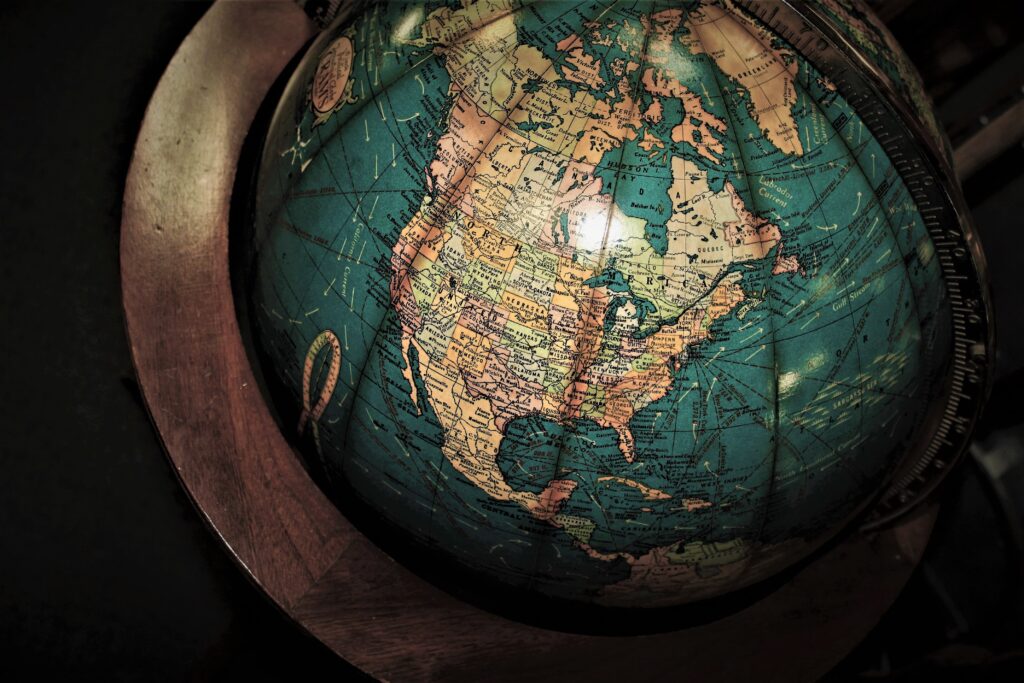 The ramifications of the coronavirus against the backdrop of tariff uncertainty have companies rethinking their supply chains and considering what to reshore. Even before 2019’s turmoil, the number of companies reporting new reshoring and FDI (foreign direct investment) was at the highest level in history in 2018. China sourcing costs had already been climbing, but disruptions from tariff uncertainty compounded by the coronavirus disruptions are influencing more reshoring. Current conditions warrant shortening supply chains to reduce risk and increase resiliency. Current conditions are accelerating reshoring.
The ramifications of the coronavirus against the backdrop of tariff uncertainty have companies rethinking their supply chains and considering what to reshore. Even before 2019’s turmoil, the number of companies reporting new reshoring and FDI (foreign direct investment) was at the highest level in history in 2018. China sourcing costs had already been climbing, but disruptions from tariff uncertainty compounded by the coronavirus disruptions are influencing more reshoring. Current conditions warrant shortening supply chains to reduce risk and increase resiliency. Current conditions are accelerating reshoring.
Coronavirus Impact
Many Chinese factories were temporarily shuttered due to the COVID-19 outbreak, disrupting global supply chains and affecting U.S. importers and manufacturers. Shipping companies reduced the number of seaborne vessels as a measure to stop the outbreak, creating logistics bottlenecks. Countries restricted exports for their own self-sufficiency. As factory closings and logistics issues squeeze U.S. companies, many are considering reducing their reliance on China. Are the tariffs and the coronavirus, together, enough to seriously reconsider the benefits of localization and justify reshoring?
A recent report by UNCTAD (United Nations Conference on Trade and Development) said, “the COVID-19 outbreak will potentially accelerate existing trends of decoupling and reshoring driven by the desire…to make supply chains more resilient.” According to a February 2020 Thomas study, 60% of U.S. manufacturers said business was impacted by the coronavirus and 28% were seeking alternative domestic sources of supply to increase resiliency. A May, 2020 follow-up study showed 64% of respondents were likely to reshore to North America, a 10% increase from March. A key finding from a separate June 2020 study showed 75% of respondents expected a significant or moderate increase in U.S. components.
Reshoring
Case NYC, a handbag contract manufacturer, has received orders from customers that reshored due to the coronavirus. George Kabezian, a partner at Case NYC, says he has received orders from at least a dozen companies in recent weeks for work that would normally be done overseas.
Atlanta-based G95 Inc., a manufacturer of outerwear with built-in filtration technology, reshored its supply chain from China to a Grand Rapids contract manufacturer amid the coronavirus outbreak. The disruption caused by the coronavirus outbreak in China left the company with over 1,000 unfilled orders. Carlton Solle, owner of G95 said, “As a business, if you don’t have anything to sell, you’re not a business, and you’re out of business pretty quick.”
Companies with Local Supply Chains Did Better During The COVID-19 Disruption
The coronavirus pandemic revealed the vulnerabilities of hyper-connected global supply chains and companies with local supply chains faired better against the disruption. For example, toolmaker Stanley Black & Decker recently shifted production of its Craftsman tools from China to Texas. It reported no increase in costs and “much less impact from the coronavirus than would have been the case if it had remained in China.”
Unilever has upwards of 200 factories worldwide and kept running at about 85% capacity. Unilever CFO Graeme Pitkethly said, “Most of our supply chain is local, it’s very flexible, and generally speaking the vast majority of the products we sell in a country we supply in that country.”
Tariff Uncertainty
Bruce Kaminstein, founder of Cassabella, a cleaning and kitchen products company said this about the unpredictability of the tariffs, “How you price things, how you place programs with retailers, how do people go about hiring and capital investment: these are all impacted by the uncertainty.”
As work flows out of China, companies that relocate to Southeast Asia are likely to find a less robust industrial infrastructure and rapid wage inflation due to small workforces. They will be forced to shift work again in a few years to India and then Africa. In many cases, it is more profitable and sustainable to shift to the U.S. now. Reshoring Initiative data shows approximately 30 companies brought production to the U.S. in 2018-2019 due primarily to tariffs, creating ~3,800 jobs. The tariffs and now COVID-19 are accelerating the shift out of China.
 Transforming to Keep Up
Transforming to Keep Up
A recent BofA survey finds a “tectonic shift in global supply chains.” More than 80% of companies in 12 global sectors in N. America, the EU and Asia-Pacific (excluding China), have “implemented or announced plans to shift at least a portion of their supply chains from current locations.” Companies blame the shift on tariffs and the U.S.-China trade war but agree it is largely based on automation. As labor begins to represent a smaller share of total costs, companies that once offshored due to inexpensive labor rates are beginning to favor close proximity to the markets they serve. The study found that “companies in about half of all global sectors in North America declared intent to ‘reshore’.”
Can You Afford to Keep All Your Eggs In One Basket?
According to the World Bank, China accounted for 33% of global trade in 2018, up from 1.2% in 2000. China manufactures nearly 25% of American imports and U.S. manufacturers rely on China’s factories for intermediate goods. In 2016, imports of intermediate goods grew 48%. Hyper-connected supply chains in many cases are so tightly linked that “shocks to a central hub such as the U.S. or China can very quickly become systemic and paralyzing.” Essential medical devices, PPE (personal protective equipment), and pharmaceuticals have been a prime example.
According to the Department of Commerce, 97% of all antibiotics in the U.S. come from China. The U.S. imports of Chinese pharmaceuticals jumped 76% from 2010 to 2018 and U.S. manufacturers source 80% of their active pharmaceutical ingredients (APIs) overseas, primarily from China. China is also the chief supplier of APIs for producers in other countries. The FDA has already reported shortages of some drugs due to the disruption caused by the coronavirus.
Quantifying the Costs And Risks
A broad range of costs and risks can be quantified using the free online Total Cost of Ownership Estimator®. TCO analysis helps companies objectively quantify, forecast and minimize total cost. It takes into account: freight and duty; travel expense and time; inventory carrying cost; warranty; intellectual property (IP) risk; impact on product innovation from having manufacturing distant from engineering; and the losses from stock-outs due to long delivery times. TCO quantifies many other factors, such as those associated with the risk of supply chain shocks or disruptions caused by natural disasters, political unrest or even a pandemic. Using this information, companies can better evaluate sourcing, identify alternatives, and even make a case when selling against offshore competitors.
Before tariffs and the outbreak, about 8% of imports from China were more profitably sourced here, based on Ex-Works price. The 8% rises to 32% if the decision is based on TCO. With 15% tariffs also added, the share rises to 46%.
The Reshoring Initiative® tools and data can help OEMs make better sourcing decisions and contract manufacturers sell against imports.





















